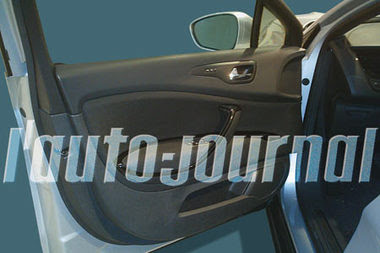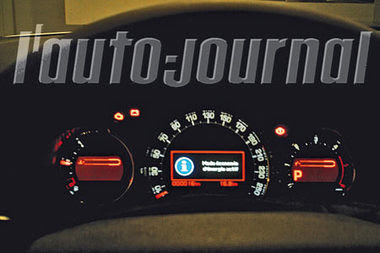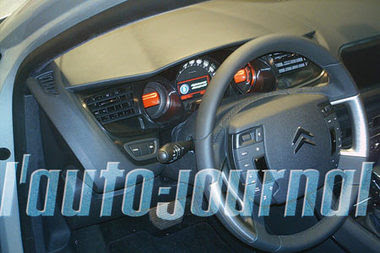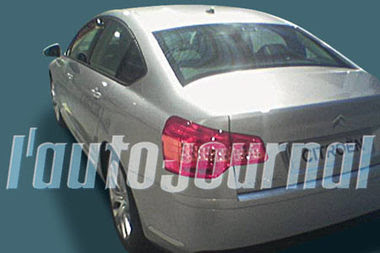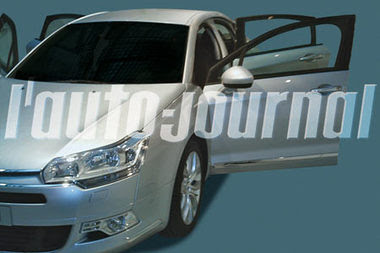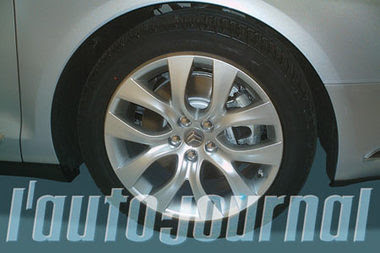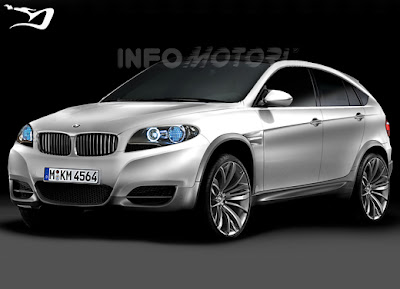In a Volkswagen case, a former member of the German parliament and labor leader of the car company, Hans-Juergen Uhl, was fined 39,200 euros (52,130 dollars) by a German court yesterday after he admitted to having been involved in a bribery and corruption scandal at Europe’s leading car maker.
The municipal court of Wolfsburg sentenced Uhl, 55, to the fine after finding him guilty of aiding and abetting a breach of fiduciary duty and lying under oath.
Uhl, a work council chief at Volkswagen between 1990 and 2006, admitted accepting visits from prostitutes paid for with company cash and lying about it earlier in the case.
“I regret what I did and take responsibility for it,” said Uhl, who recently laid down his parliamentary mandate and quit the Social Democrat party (SPD) because of his involvement in the scandal.
In view of his confession, the court, which had originally planned five days for the trial, declined to interview any witnesses and handed down the sentence after just one day.
Earlier, Uhl had told the court that he had “lost grip on reality” and that, in retrospect, he was “aghast” at his own behavior.
In January, Volkswagen’s former head of human resources Peter Hartz was given a two-year suspended jail sentence and a fine of 560,000 euros for his role in a bribery scandal involving lavish holidays and prostitutes.
Hartz, the architect of extensive German labor market reforms and the former head of personnel at Europe’s biggest car maker, avoided prison under an agreement struck with the prosecution under which he gave full testimony and admitted paying bribes.


